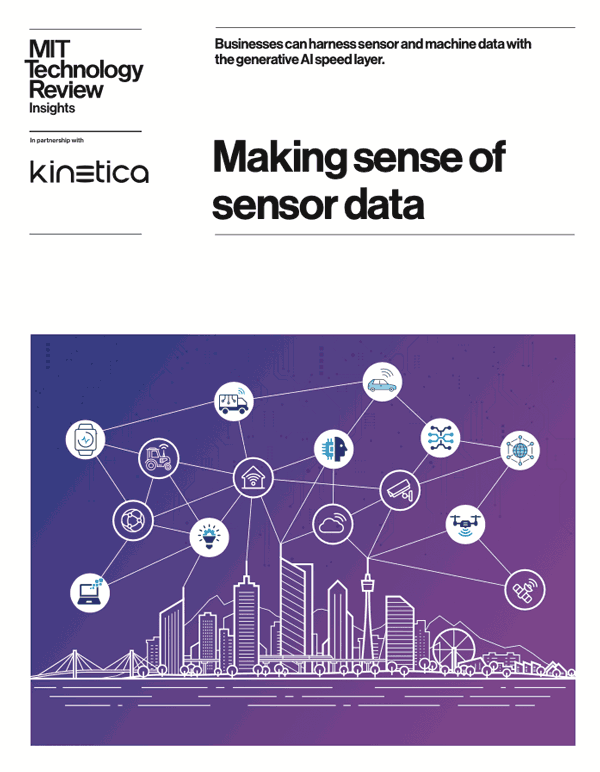Thriving In The Extreme Data Economy
The leader of one of the world’s largest manufacturing economies, Angela Merkel, said at the recent World Economic Forum that “data will be the raw material of the 21st century.” It is clear that we are in a world where data has become the business. What do I mean by that? Historically, businesses were validated by the data they generated. As we moved into the big data era, our businesses were informed by data. As we enter the post-big data era, our businesses, and even our economies, are now powered by data.

In many industries, the data that is generated through our business activities has become more valuable than the business activities themselves. Companies such as Google, Amazon and Netflix are a testament to this. But it is not only these digitally native companies that see a future powered by data. Companies in many more traditional industries must follow a similar path.
Toyota, for example, recently went through a global reorganization focused on expanding their work in data science technology. They launched Toyota Connected, tasked with consolidating Toyota initiatives across data analytics, data-driven services, and data center management. Their data-driven initiatives include offerings like connected cars that share traffic detail, telematics services that learn the customer’s preferences, and insurance models that price according to actual driving patterns. Now, Toyota will focus not just on producing great cars but on harnessing the power of data to revolutionize the driving experience — making it both more personal and safe.
Continental, the famed tire manufacturer founded in 1871, now calls itself a “technology company, automotive supplier, and premium tire manufacturer,” in that order. The data it collects via remote tire monitoring has transformed fleet maintenance from a responsive, manual process into an automatic, targeted one, massively lowering the cost of one of the top expenses for commercial fleets: tires.
In fact, when you look at the examples above — whether you consider the new entrants or the evolving, existing players — all are confronting a completely new set of challenges around the data that powers their businesses. Data has become unpredictable in terms of its source, its complexity and its volume. Furthermore, given the real-time insights that the data-powered business needs to derive from this data, by its very nature, the data is also perishable.
The data-powered business operates at hyper scale, with hyper complexity and at hyper speed. These things, coupled with the unpredictable and perishable nature of the data, creates a new era of extreme data management.
In this era of extreme data management, companies need to address massive sets of complex data at unparalleled speed, with streaming data analysis, visual foresight, streamlined machine learning, all orchestrated around an innovation-focused ecosystem. Without these things, it becomes impossible to maintain business in motion. Understanding this era of the data-driven economy, as so clearly articulated by Angela Merkel, it is incumbent upon us as business leaders and technologists to evolve our thinking around data to the point where data shapes our business strategies, drives our investments, and enables hyper growth. As such, whilst we see the growing importance of the role of the chief data officer and the data scientist, their work should be woven into the very fabric of our business strategy and operations.
The World Economic Forum identified data as a new asset class in 2011. It’s high time we took heed. We measure the value of other corporate assets, but we don’t attribute a measure of value to our data, at our own economic peril. How we utilize data will determine the success or failure of our businesses moving forward.
Each and every one of us needs to assess our preparedness for the Extreme Data Economy now, so we can develop business strategies that harness data as a force for profitable change.
Editor’s Note: This article was originally published in Forbes on 2/26/18
Making Sense of Sensor Data

